In recent years, gamification has taken the world by storm. More and more companies are inspired by the successes of others to incorporate gamification into their processes.
As of 2021, the total value of the global gamification industry was $11.94 billion, up to $7.03 billion from 2016. These numbers are expected to increase significantly over the next few years by nearly $20 billion to reach $32 billion by 2025. North America will lead the industry.
We considered in detail the goals of using gamification and gave practical tips on its successful application in our recent material. Today we will focus on those business areas for which we have already implemented gamification projects, and touch on the key gamification trends for 2022.
But first, here’s a little retrospective.
What is Gamification?
Gamification is the technology of introducing game elements into non-game contexts.
Interactivity, a sense of competition, and the pursuit of achievement motivate people to get involved in a particular business environment much more strongly.
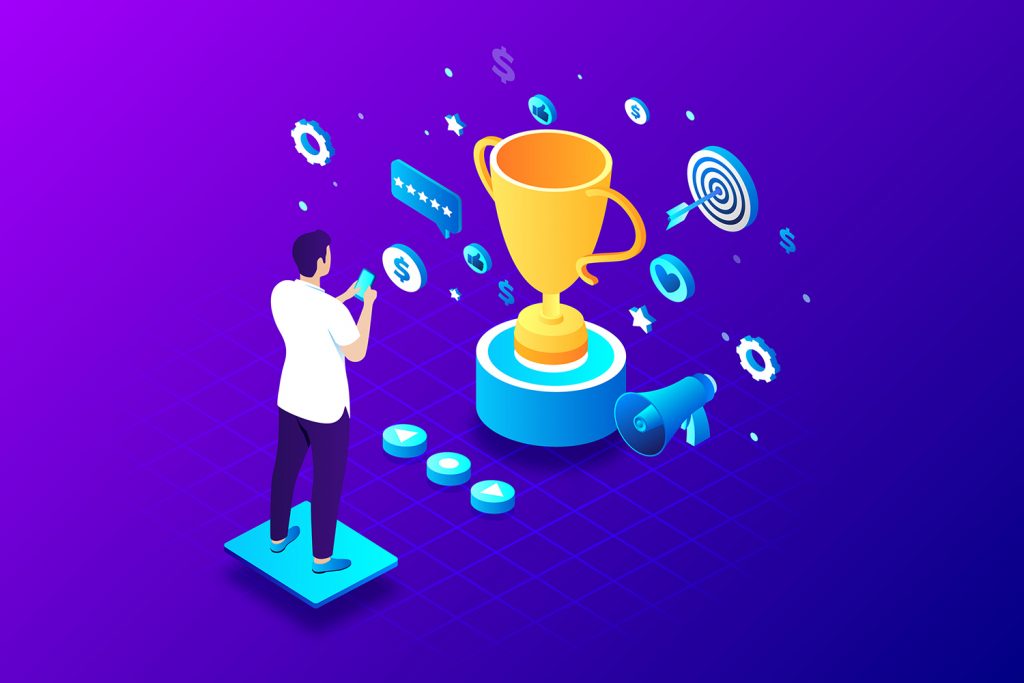
How Gamification is Used in Business?
Interestingly, this technology can be used in almost all areas of business. And not only to attract new customers or to familiarize them with the product, but also to search for personnel, recruit, and increase employee motivation. Gamification is also successfully woven into learning cases, both corporate and governmentally significant. Driving simulations for various military and civilian vehicles have long demonstrated their effectiveness.
Why Gamification in Business is Important?
Gamification is a breath of fresh air in the already boring and obsolete ways to attract new customers and motivate employees. By infusing the best engaging game mechanics into business to achieve specific goals, companies receive an effective long-term tool (in case of successful gamification) and instantly stand out from competitors, which is also important.
Business gamification is not the preserve of big companies with big budgets. Companies of any size, from any industry, can incorporate it into their business processes for a host of benefits:
- Customer side: increasing engagement, attracting new customers, simplifying acquaintance with a complex product, boosting conversion, and strengthening loyalty.
- Employment side: increasing motivation, engaging progress tracking, improving onboarding, accelerating learning, and boosting productivity.
Companies that use gamification operate in sales, finance, retail, education, health, design, technology, and enterprise spheres. And there are no signs that this trend will slow down any time soon.
Successful Gamification Examples: From Insurance to Dating
There are many examples of gamification in business, many of which we have already covered. And now we invite you to look at some of the other areas that our team has encountered in our work and find out how they harness the possibilities of gamification.
Trading
Many are interested in investing, but few understand it. Robinhood Markets decided to use gamification to give people the opportunity to try stock trading and investing without commission. Gamification makes it possible to simplify the complex, for example, to explain concepts such as risk, reward, or compound interest, the meaning of which is often difficult for financial companies to convey to their clients.
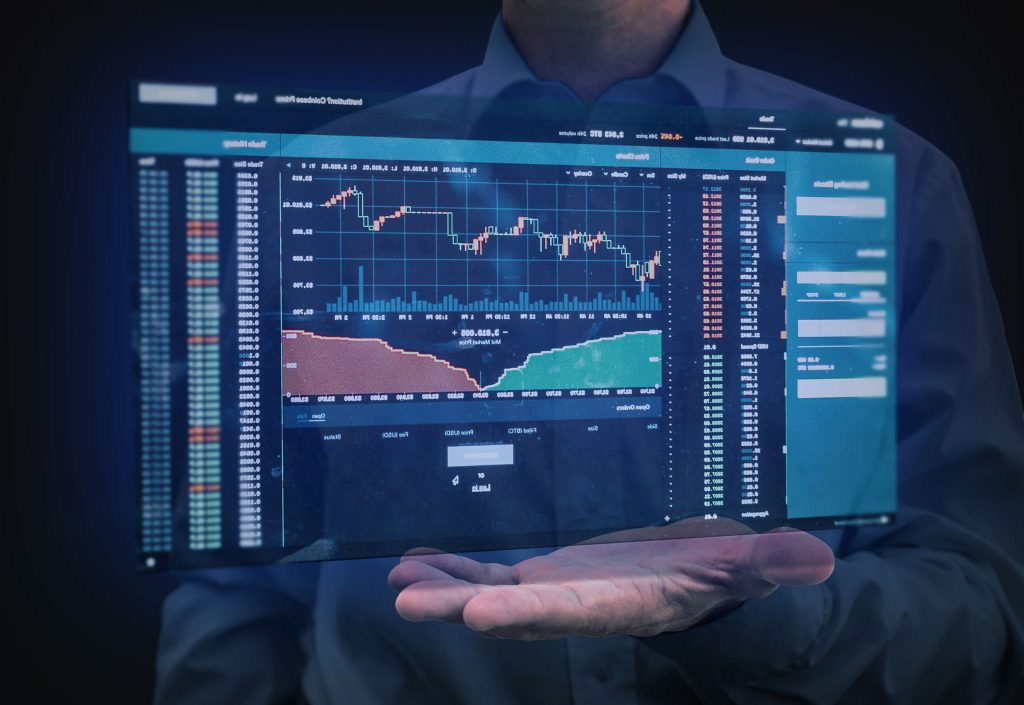
Kevuru case. We had the opportunity to develop gamification for a trading platform designed to teach beginners the basics of trading. Thanks to the interactive and visual form, people had the opportunity to try their hand at trading without any risks and losses.
Insurance
Most often, people perceive insurance as a complex product that involves a huge amount of paperwork. The game form allows companies to quickly and easily educate their potential customers or help them choose the right insurance product. Tryg, a Danish insurance company, has created a five-question dental health quiz to raise awareness of their dental insurance offer. The campaign allowed Tryg to collect about 600 leads and attract the attention of new customers.

Kevuru case. A well-known insurance company asked us to gamify the learning process for their new product. We built learning in the form of interactive choice-based storytelling, where people needed to live their lives as happily as possible, making one or another choice at different stages and experiencing the consequences of this choice. The insurance product, its benefits for a happy life, and its main features were subtly woven into the narrative.
Healthcare
TrialCard, the American biopharmaceutical solutions company, developed a smartphone app called Mango Health to motivate patients to take their medications on time. It is enough for patients to set the time for taking the medication, and the application will remind them of this. It also provides information about the compatibility of different types of drugs and their side effects. By taking medication on time, patients earn points that can be redeemed for gift cards or weekly charitable donations.

Kevuru case. We were honored to work on a gamified application that was designed for remote patient care. It features medical prescriptions, necessary exercises, and the ability to consult a doctor at any time. At the same time, the doctor remotely monitored the progress of the patient and, if necessary, corrected the prescription. The application could be used both by the patients themselves and by their caregivers.
Education
The gamification of the educational sphere is actively developing all over the world. AR/VR is used to increase student engagement and better assimilation of complex information. A great example is The Stanford Ocean Acidification Experience. Stanford University has created a special simulation game that shows people the damage that carbon pollution is doing to our oceans. VR technology actually puts people underwater and shows the effects of ocean acidification. The project is widely used in museums, schools, and other educational institutions around the world.
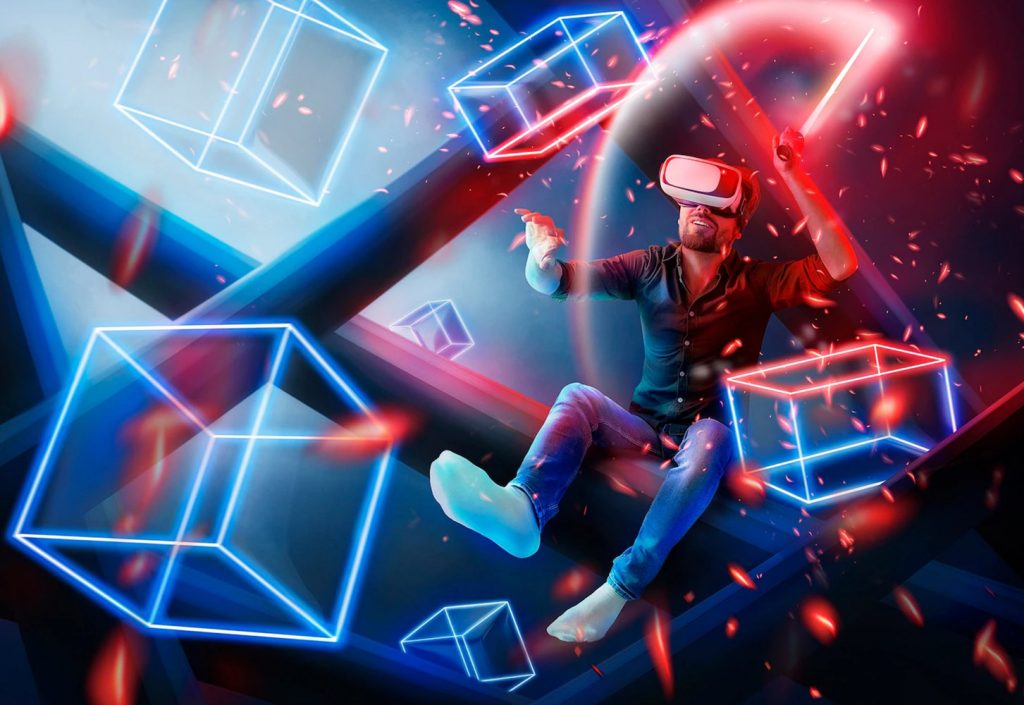
Kevuru case. Our team developed a gamified application designed to conduct a virtual tour of the university. Due to the pandemic, it was unable to hold an open day and introduce those who wish to all their educational opportunities. The application conveyed not only statistics, but also the atmosphere of the learning environment, as well as an interactive chat with the teaching staff.
Retail
The possibilities for gamification in retail are truly endless. But the American marketplace eBay offered one of its most significant forms. The company found that the key to its success was the ability of shoppers to find niche products not available on other e-commerce sites. With its highly efficient bidding method, it has turned buying and selling into a game where bidders are challenged to become the top player, eventually outbidding other bidders. The platform also has a reward system for sellers. A rating system with colored stars based on positive reviews motivates sellers to reach certain levels.
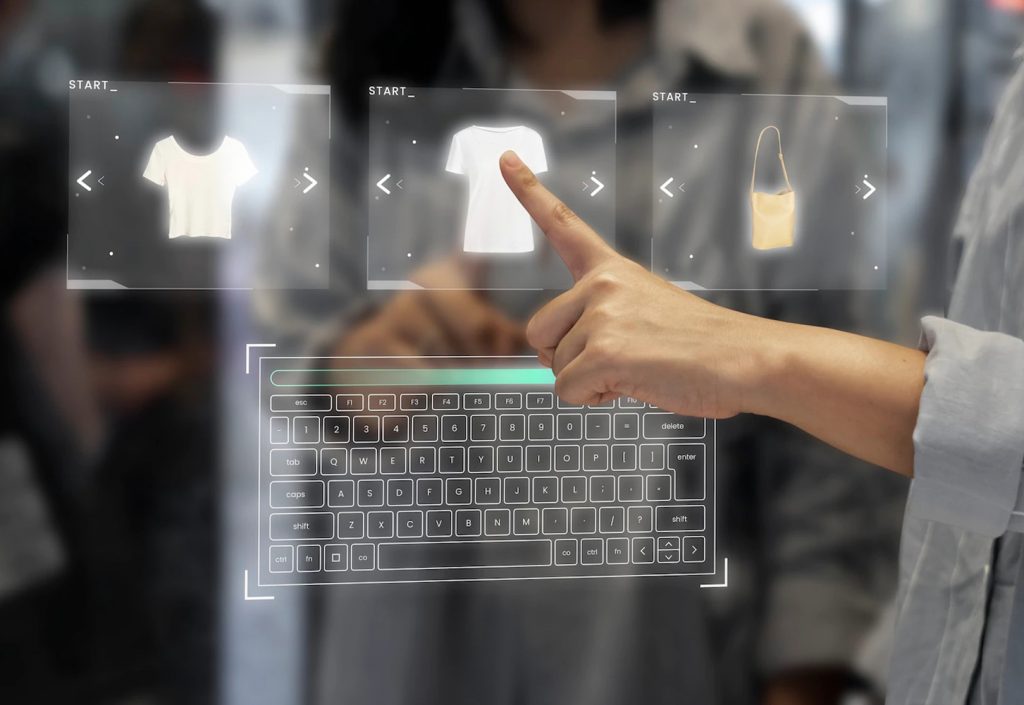
Kevuru case. For this area, we created a game project in which customers could come into contact with all the offers of the company. This was implemented in the form of a simulation game where customers could develop their virtual store, transferring all the possibilities of a real retail network to the online world. The goal was to attract more people to the store and strengthen their connection with the brand.
Dating
From a technical standpoint, Tinder initially paled in comparison to other dating apps and crashed frequently. Its success was underpinned by two key factors: targeting young people and introducing new gaming features such as swipe and variable rewards. This gaming experience of browsing and liking or rejecting others has become the basis for the emergence of the phrase “swipe right”, which is now firmly established in the language and culture of millennials.
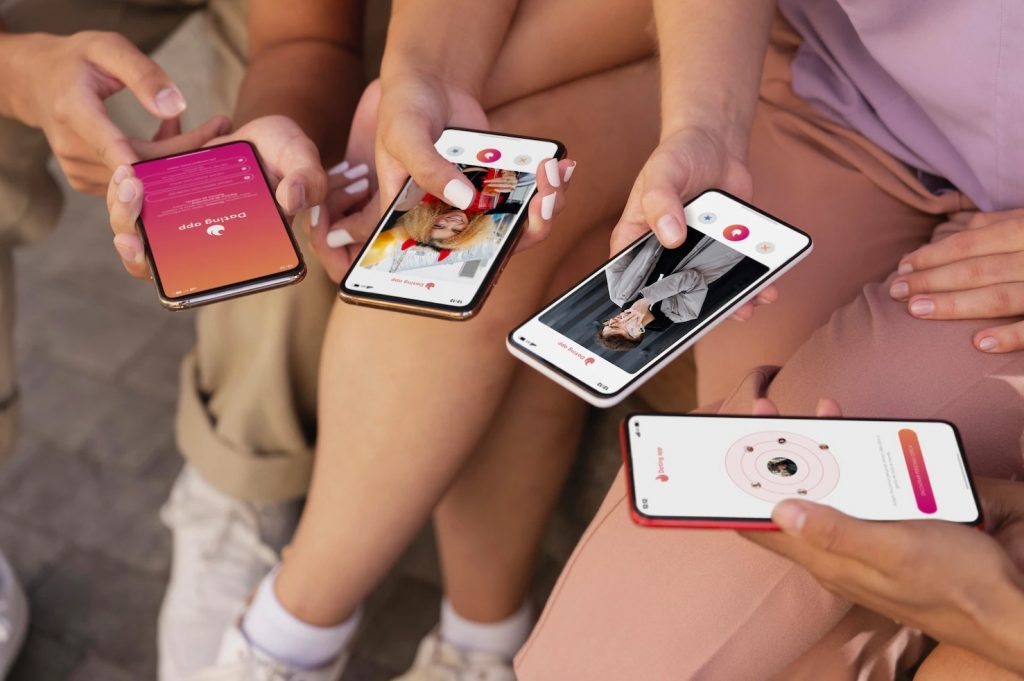
Kevuru case. The gamification feature of our dating project was to introduce a special mechanic that allows people to recognize each other during the game by certain traits, choices, or actions. All this took place in a fun and active interactive way, a bit like classic dating TV shows. Thus, we managed to get around the big popular dating apps.
Gamification Trends to Consider in 2022
The emergence of new technologies shapes further transformations of gamification and sets new trends. Let’s see what interesting things the second half of 2022 can offer us in this regard.
Onboarding Procedure Transformation
If earlier gamification could be used as one of the elements to simplify the adaptation of new employees, then in the near future it may become the main mechanics of adaptation. This is especially true given that since the pandemic, most companies have decided to continue working remotely. Gamification dramatically speeds up onboarding – some companies report up to 90% faster onboarding time – and improves the memorization and reproduction of information.
Deeper Implementation in Healthcare
Since COVID-19, the use of telemedicine has increased 63 times. Gamification can help these initiatives significantly improve patient outcomes and continue to connect with distant patients. The interactive form helps health care providers track medication regularity, schedule physical and cognitive exercise, record calories and blood sugar levels, and more.
More Artificial Intelligence Integration
Artificial intelligence makes it possible to apply an element of prediction, which helps to improve the level of gamification adaptivity. We already see this in the field of education – gamified educational programs can adapt according to the skills and level of education of people, focusing on aspects that are not yet familiar to them. This results in a more personalized and tailored educational experience.
Learn more about the world's most famous examples of gamification and benefit from proven tips to help you implement it
Dive deeperConclusion: It’s Time to Play
Implementation mechanism trends can change, just like technology, but gamification itself is here to stay. Companies that use gamification are reaping the benefits of increased conversion and employee motivation right now. So ignoring the inclusion of the game component in your activity can be a much more costly solution than implementing it effectively.
Working in the gaming market for more than 10 years, we are without exaggeration one of the best gamification companies that knows all the ins and outs of the most exciting and engaging game mechanics. Our game designers are well versed in the logic of the formation of the desired behavior of the player and are able to set clear goals. We already have several major gamification projects behind us in such serious areas as trading, healthcare, insurance, and e-commerce, and we have developed a clear strategy for implementing gamification from scratch into any business with a focus on long-term goals. Drop us a line to tell us about your plans and get an initial consultation on the gamification of your business.












